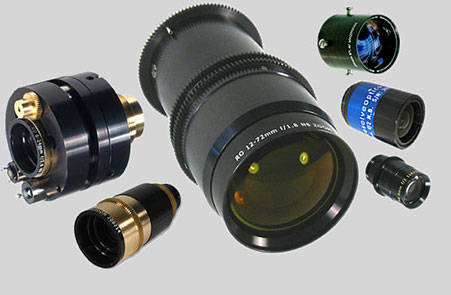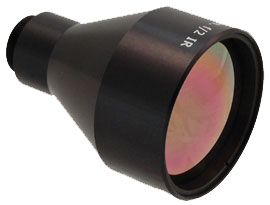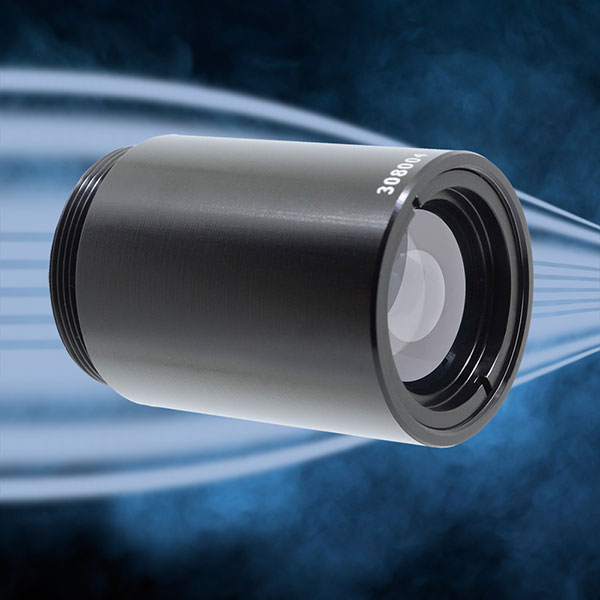Germany reports record sales of machine vision systems
With the German machine vision industry having achieved record sales of €2 billion in 2015 – a rise of 9 percent compared to the previous year – the VDMA, Germany’s industrial association, has forecast a further rise of 8 percent to €2.2 billion in 2016.
For full article click here.
Novel Lens Delivers Controlled Doses of Medicine
A contact lens-based system that uses a strategically placed drug polymer film to deliver medication gradually to the eye has been shown to be as effective as daily eye drops in a preclinical model for managing glaucoma.
For full article click here.
Photonics Market Expected to Reach $724 Billion
Increasing demand from applications such as displays, information and communication technology, photovoltaic, medical technology and life sciences, measurement and automated vision, lighting and production technology are driving the photonics market. to reach an estimated $724 Billion by 2021.
For full article click here.
Optics: Light, Color, and Their Uses
The educator guide, produced by NASA contains color and light activities using lenses, prisms and mirrors to create telescopes, periscopes, microscopes and kaleidoscopes. Other activities include finding focal length and understanding reflection, refraction and diffraction. Activities are marked by grade level.
For full article click here.
|












 Resolve Optics has announced that it will be exhibiting at VISION 2016 in Stuttgart, Germany. Visitors to Stand I22 (Hall 1) will be able to discuss with technical specialists how a custom lens design can enable them to benefit from the full performance of their camera, sensor or instrument. Managing Director of Resolve Optics, Mark Pontin commented “In the current competitive machine vision arena – market-leading cameras, sensors and instruments often rely heavily on outstanding optical performance. We have built our reputation on development and supply of specialist lens and optical systems that enable products to achieve their full performance potential thereby enabling our customers to gain that all important competitive advantage". We look forward to seeing you in Stuttgart.
Resolve Optics has announced that it will be exhibiting at VISION 2016 in Stuttgart, Germany. Visitors to Stand I22 (Hall 1) will be able to discuss with technical specialists how a custom lens design can enable them to benefit from the full performance of their camera, sensor or instrument. Managing Director of Resolve Optics, Mark Pontin commented “In the current competitive machine vision arena – market-leading cameras, sensors and instruments often rely heavily on outstanding optical performance. We have built our reputation on development and supply of specialist lens and optical systems that enable products to achieve their full performance potential thereby enabling our customers to gain that all important competitive advantage". We look forward to seeing you in Stuttgart.